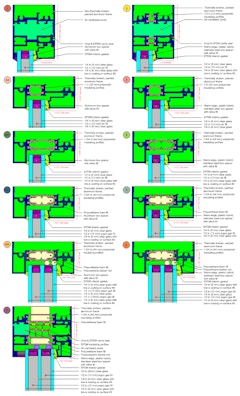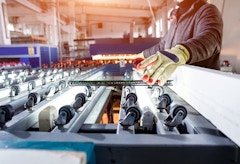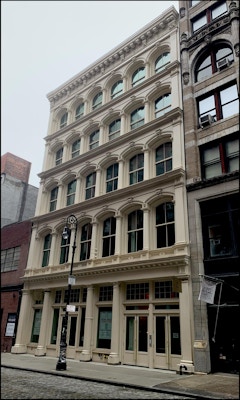The Vertical Campus Facade
Case study of the recently opened John A. Paulson Center for New York University in Manhattan reviews design solutions of façade depth and scale to
Case study of the recently opened John A. Paulson Center for New York University in Manhattan reviews design solutions of façade depth and scale to
In recent years, the desire for increased performance, transparency and visual flatness of glazing elements in curtain walls has generated renewed
Several years ago, Technoform and the Solar Energy Research Institute of Singapore (SERIS) researched the thermal performance of different aluminum


Thermal bridging through building façades have been overlooked by designers and building energy codes and standards in the past, which has led to

This paper discusses a simulation study of different window systems, where heat transfer simulations were performed to investigate thermal

Thermal-break-blanket technology is a novel and high-performance thermal break solution for aluminum curtain walls. The thermal-break-blanket is

Pushing Change: R&D Innovation Processes in Construction Building Products, the second installment of the FTI Dialogues: Suppliers & Contractors Series, took place virtually on Friday, March 26th.


Over the years, the industry has relied heavily on the increasing performance of low-e coatings to drive window U-factors (thermal transmittance)

It is commonly thought that fenestration U-factor is not a key determinant in the performance of facades in hot climates, and generally the focus of

Silicone materials have a long history in high performance building projects. Known for durability, they can reduce a building’s carbon footprint by

With net zero and carbon neutral mandates on the near horizon, New York City has pushed the green building envelope by leveraging incentive-based


In 1871, a fourth level Architecture course was offered in New York City that instructed on topics such as heating, ventilation and circulation of